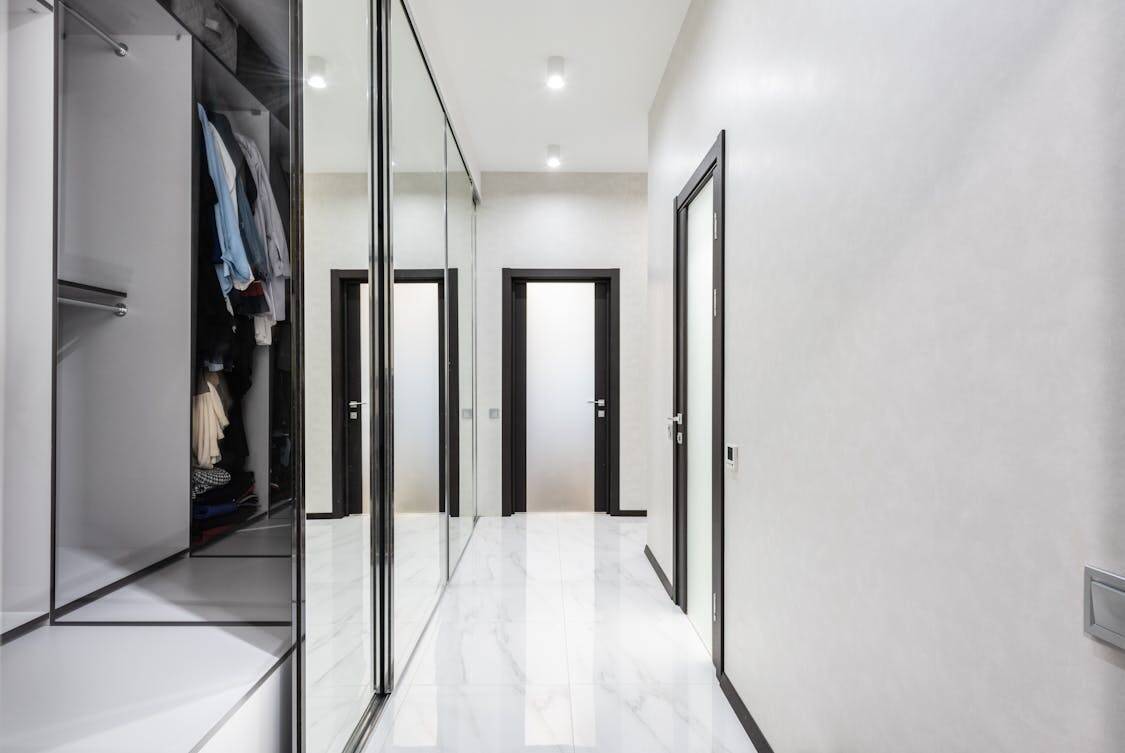When it comes to enhancing energy efficiency in homes and businesses, the discussion often revolves around advanced windows, insulation materials, and energy-saving appliances. Yet, an often-overlooked solution lies in the realm of surface coatings—specifically, epoxy coatings.
These robust, versatile materials not only offer protection and durability but can also play a significant role in improving energy efficiency. Let’s explore how epoxy coatings can contribute to energy savings, their application methods, and their long-term benefits.
Understanding Epoxy Coatings
Epoxy coatings are a type of polymer material formed from the reaction of an epoxy resin with a hardener. This chemical reaction results in a strong, durable finish that is resistant to chemicals, abrasion, and extreme conditions.
They come in various formulations, making them suitable for a wide range of applications, including floors, walls, and machinery. For projects that demand both durability and visual appeal, consider exploring seamless commercial and residential coatings that offer both efficiency and style.
The physical properties of epoxy—such as its adhesion, moisture resistance, and longevity—make it an ideal choice for both residential and commercial projects.
Yet, it’s not just about durability; epoxy coatings also carry energy-efficient benefits that can be a game-changer for property owners.
Reflectivity: A Key Factor
One of the primary ways epoxy coatings improve energy efficiency is through their reflectivity. Many epoxy products are designed to be highly reflective, which helps in reducing heat absorption.
In commercial settings, this can lead to lower cooling costs, especially in regions that experience high temperatures. The reflective surface minimizes the need for air conditioning, which can significantly reduce energy consumption during the warmer months.
In residential applications, reflective epoxy coatings can be equally beneficial. For instance, using light-colored or reflective epoxy on driveways or patios can help lower surface temperatures, leading to a cooler environment around the house.
This not only improves comfort but also reduces the overall energy load.
Insulation Properties
While the primary function of epoxy coatings is not insulation, certain formulations offer thermal insulation benefits. This is particularly true for specialized epoxy coatings infused with insulating materials.
These coatings can create a barrier that reduces heat exchange between surfaces and the external environment.
In industrial settings, these insulating coatings can minimize heat loss in pipes and storage tanks, ultimately leading to lower energy costs.
For residential properties, using insulated epoxy coatings on garage floors or basement walls can help maintain consistent temperatures, further enhancing energy efficiency.
Long-Lasting Durability and Maintenance

The durability of epoxy coatings means they require less frequent replacement than traditional surfaces. This longevity not only saves on material costs but also reduces resource consumption in the long run.
Fewer replacements mean less energy is used in the production and transportation of new materials.
Moreover, epoxy-coated surfaces are easier to clean and maintain. Regular cleaning requires less water and fewer chemicals, which in turn supports energy conservation efforts. Maintenance is a breeze—just a simple wash can keep surfaces looking new and functional.
The Role of VOCs
Volatile Organic Compounds (VOCs) are a concern in many coatings. High-VOC products can lead to increased air pollution and health issues.
Many modern epoxy coatings are formulated to be low in VOCs, making them a safer choice for both indoor and outdoor applications. By choosing low-VOC options, property owners not only help improve indoor air quality but also contribute to a healthier environment.
Energy Efficiency in Industrial Settings
In the industrial sector, where energy consumption is typically high, epoxy coatings can lead to substantial savings. For instance, using epoxy in warehouses can improve lighting efficiency.
The reflective properties of epoxy floors can enhance the effectiveness of interior lighting, allowing businesses to reduce the number of fixtures needed and lower their overall energy costs.
Furthermore, in manufacturing facilities, epoxy-coated surfaces can withstand heavy machinery and resist chemical spills. This durability reduces operational interruptions and enhances safety, contributing to a more efficient workplace.
Application Methods and Considerations
Applying epoxy coatings involves a detailed process that ensures maximum effectiveness. The surface must be properly prepared, including cleaning and possibly grinding to create a texture that promotes adhesion.
This preparation is crucial to achieving the desired results in energy efficiency.
Choosing the right epoxy system is vital. Some products are better suited for specific environments, so understanding the intended application is key.
Consulting with professionals can help ensure that the selected epoxy will provide both protection and energy efficiency.
Economic Incentives
Investing in epoxy coatings can also lead to financial benefits. Many energy efficiency programs offer incentives for using materials that reduce energy consumption.
Property owners may qualify for rebates or tax credits by opting for energy-efficient coatings. This can help offset the initial investment and yield long-term savings on utility bills.
Environmental Impact
Beyond personal savings, utilizing epoxy coatings contributes to environmental sustainability. By enhancing energy efficiency, these coatings help reduce the overall carbon footprint of a building.
Lower energy demand translates to decreased reliance on fossil fuels and reduced greenhouse gas emissions. In an era where environmental responsibility is paramount, every little effort counts.
Real-World Examples
Many businesses and homeowners have reaped the rewards of using epoxy coatings. For example, a warehouse that applied reflective epoxy reported a significant drop in cooling costs during summer months.
Similarly, residential properties that opted for insulated epoxy coatings in their garages saw noticeable temperature stabilization, making the space more usable year-round.
These anecdotes illustrate how a relatively simple application can yield tangible benefits, translating into improved energy efficiency and reduced costs.





